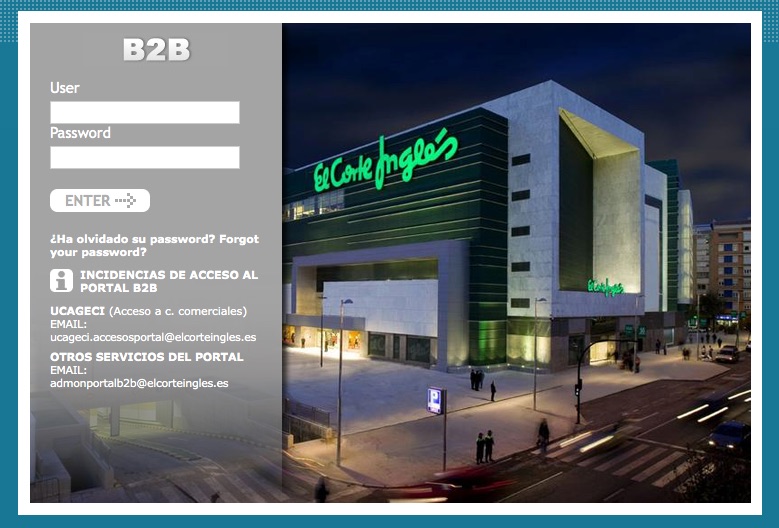Written by Fani Sánchez
Index
B2B is an acronym used to refer to those business models in which transactions of goods or the provision of services occur between two companies. B2B refers to the expression business to business and is mainly related to wholesale trade, although it can also refer to the provision of services and content consumption.
Some examples of B2B business are portals such as marketplace, in which some companies specify their demands for products or services and others offer them, or those in which a company does not try to communicate with its end customer but with distributors, partners, importers or other types of professional buyers.
Targeting in B2B business models
In B2B business models, we usually specify the target based on the characteristics of the companies to which we want to communicate our promotion:
- Company activity.
- Geographic location of the company.
- Scope of its activity.
- Dimension: employees, distribution network, turnover, sales…
- Etc.
In B2B models, we must also consider the motivations and objections of the different target profiles:
- Decisor
- Prescriber
- Buyer
- Consumer
- Etc.
SEO in B2B business models
There are aspects of SEO that we need to address more specifically when working on B2B website optimization:
- Take into account the motivations and objections of the professional target typical of B2B models when selecting the keywords on which we want to position ourselves: a professional target will probably use the same technical jargon as we do.
- Consider whether there are vertical search engines related to that sector that we should consider, in addition to general search engines such as Google.
- Value the active presence in the social networks of the sector and professionals. One of the social networks par excellence for the discovery and development of B2B business opportunities is Linkedin.
- Generate related proactive content that adds value or facilitates the selection of suppliers to the prescriber and the decision-maker.
- Write page titles and descriptions that highlight as a unique value proposition the competitive advantage to which the target is most sensitive: price, capacity, experience, track record, references, etc.
- In business to business we can identify and take advantage of content linking opportunities to increase domain authority and popularity.
- In the professional purchase, we can extend more in text and use professional jargon because our user needs data to document and justify their purchase decision, as it is not impulsive.
- We must consider the different searches that each of the profiles involved in the selection of a supplier -decision maker, prescriber, consumer, etc.- would make and prepare landing pages that connect with their motivations and resolve their objections.
- We have to consider that the conversion, which, frequently, will take place outside the online environment, so we will not be able to register it in the Web analytics as directly as in an e-commerce directed to the end customer.
Buying motivations in B2B business models
In general, the purchasing decision in B2B business models tends to be more rational than impulsive, and is mainly influenced by aspects such as:
- Specifications
- Price
- Warranty
- Speed
- Capacity
- Etc.
We must also bear in mind that, in general, the conversion objective of a B2B portal will focus on obtaining leads that the sales team will then manage and convert into customers or suppliers.
B2B development
After an initial attempt to develop business models focused on the end consumer, the pioneering Internet companies considered it more affordable to try to develop business models focused on other companies. The number of computers was larger, requiring less investment in advertising and marketing, and much higher average transaction values. This explains why it developed faster than e-commerce aimed at the private customer.
The Internet, in fact, has opened up enormous opportunities for the development of B2B business models due to the following reasons, among others:
- Fast and secure communications.
- Ease of integration of processes and internal communication: intranets, extranets…
- Possibility of expanding the scope in which to find partners to collaborate with.
- Streamlining of pre-sales processes: virtual meetings, request for proposals, online contract auctions…
More references on B2B
Product pages or showcase pages on LinkedIn: what they are and how to use them effectively – Fani Sánchez.

